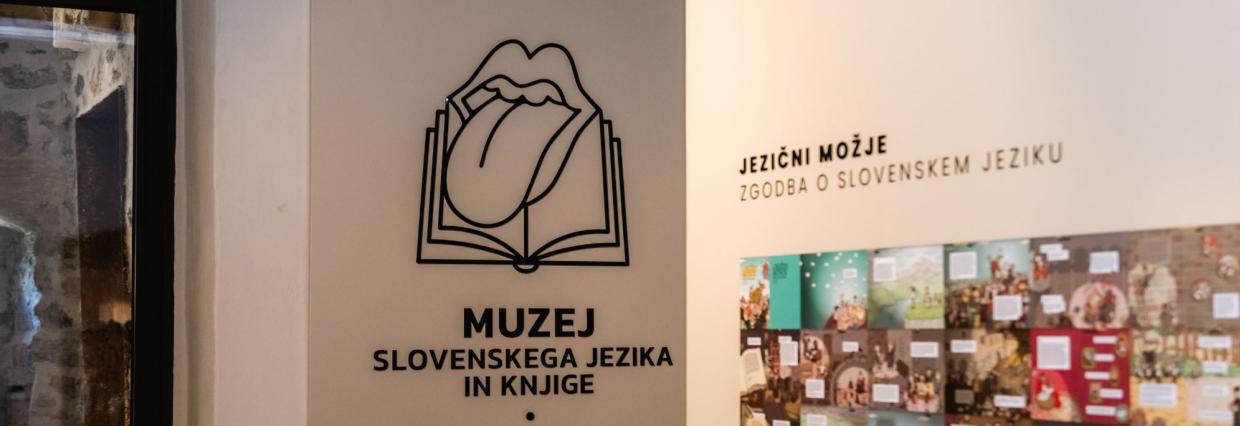
The Museum of the Slovenian Language and Books has opened at the renovated Štanjel Castle
A new Museum of the Slovenian Language and Books has opened at the renovated Štanjel Castle.
Located within Štanjel Castle, the museum offers a concise yet rich overview of the history and development of the Slovenian language – its varieties, features and unique characteristics. The story of the language and books unfolds through 7 immersive experiences using interactive, innovative and modern exhibition tools. As well as focusing on language, the museum highlights the Slovenian book – its origins, evolution, cultural significance, and the role it has played in spreading the Slovenian word, along with today's efforts to preserve books. All of the key milestones in Slovenian literary history are presented in one place, showcasing their importance for the development of the literary language and the formation of the Slovenian nation and state. The museum also addresses themes related to the history of Slovenian education and the use and recognition of sign language, the language of the deaf and hard of hearing, as well as Braille, the writing system for the blind and visually impaired.
The exhibition is divided into three panel displays, arranged across several rooms: Men of Language, Reformers in Comics, and A Kiss with Language. Each presents its own unique story – the first explores the birth of the Slovenian language, the second delves into the pivotal period of the Reformation, while the third traces the development of Slovenian grammars and dictionaries over time.
The project also involved the Fran Ramovš Institute of the Slovene Language at the Research Centre of the Slovenian Academy of Sciences and Arts (ZRC SAZU). The project was professionally led by the head of the institute, Dr. Kozma Ahačič.